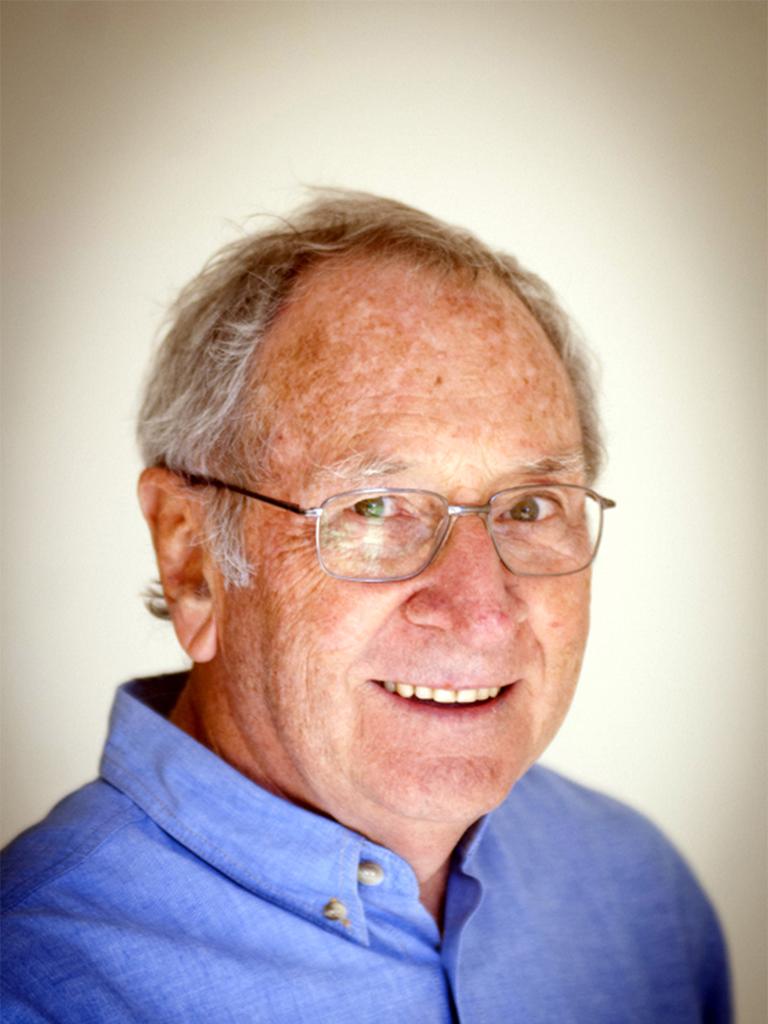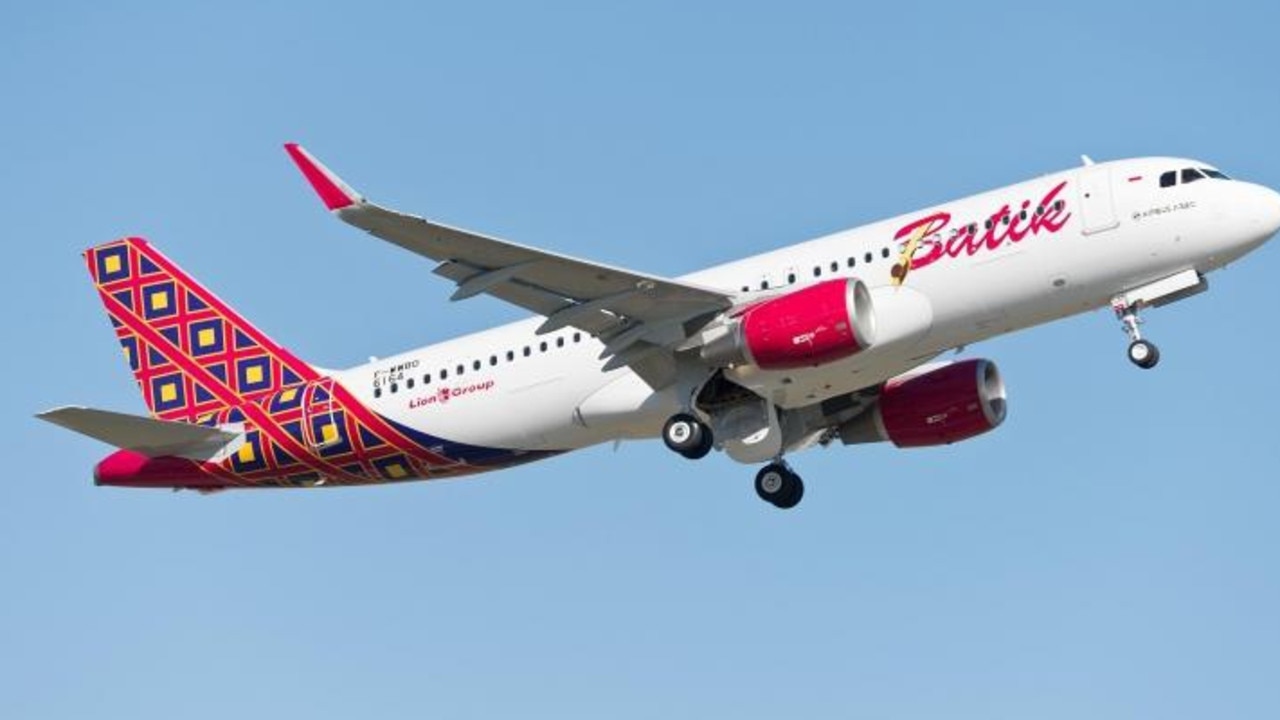What you never knew about the Qantas 747
From an extremely costly and lucky typo to some raunchy secrets, a new book reveals some facts you never knew about the Queen of the Skies.
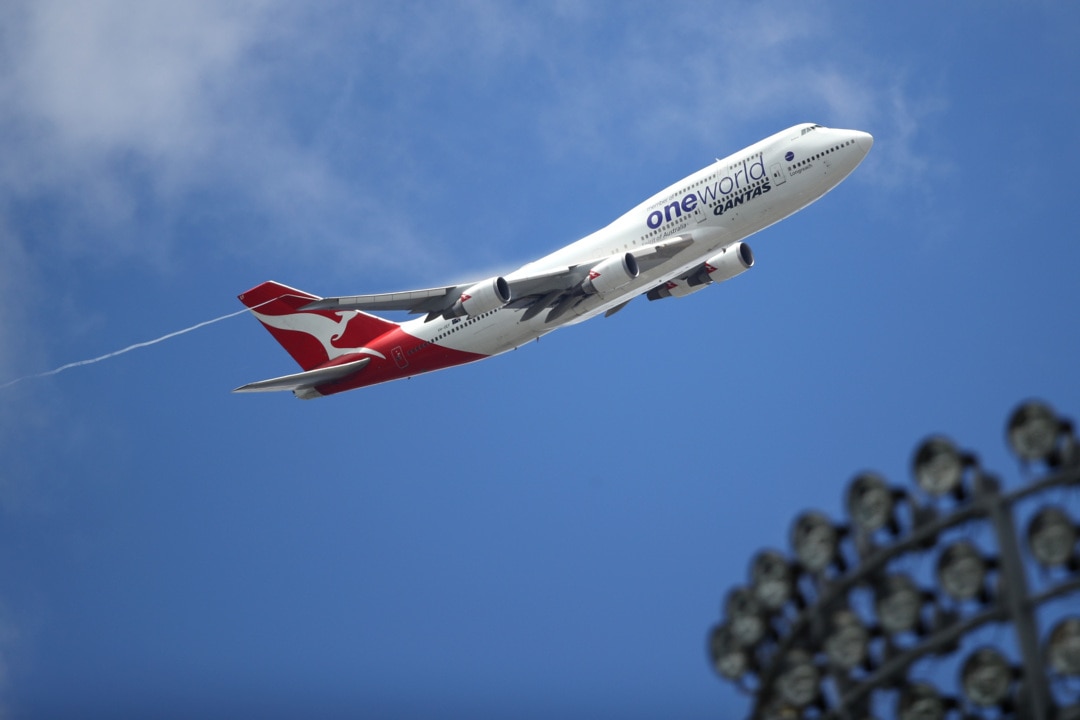
“Finished with engines – for the last time. Farewell.”
It was a remarkable moment when the Boeing VH-OEJ Wunala became the final 747 to fly over eastern Australia, on 22 July 2020, just weeks short of celebrating 50 years since the first Qantas 747 touched down at Mascot, Sydney.
Now, a new book has been released about the world’s most iconic commercial aircraft, detailing its Australian story. The Mighty 747 by Jim Eames, a former newspaper journalist and Department of Civil Aviation and Qantas public relations executive, reveals some facts we never knew about the plane.
For most Australians, the 747 was their first experience of international travel. But here’s what you may not have known about the Queen of the Skies, which is scheduled to be decommissioned around the world.
Qantas at first told Boeing to ‘go away’
In the days of the 707 when Boeing first offered Qantas something the size of the 747 they intended to build and which would be capable of carrying more than 300 passengers Qantas Technical Director Bob Walker’s first response was to tell them to: “Go away!” What they were suggesting, he said, was something the size of a Manly ferry adding somewhat lightheartedly: “Maybe if Air New Zealand or perhaps Singapore Airlines or us got together we’d buy one of them!”
While Walker might have been half-joking, it bears remembering that these were the days before cheap excursion fares, which would bring an unprecedented surge in air travel, particularly between Australia and Asia and Europe.
He would later become a staunch advocate of the aircraft.
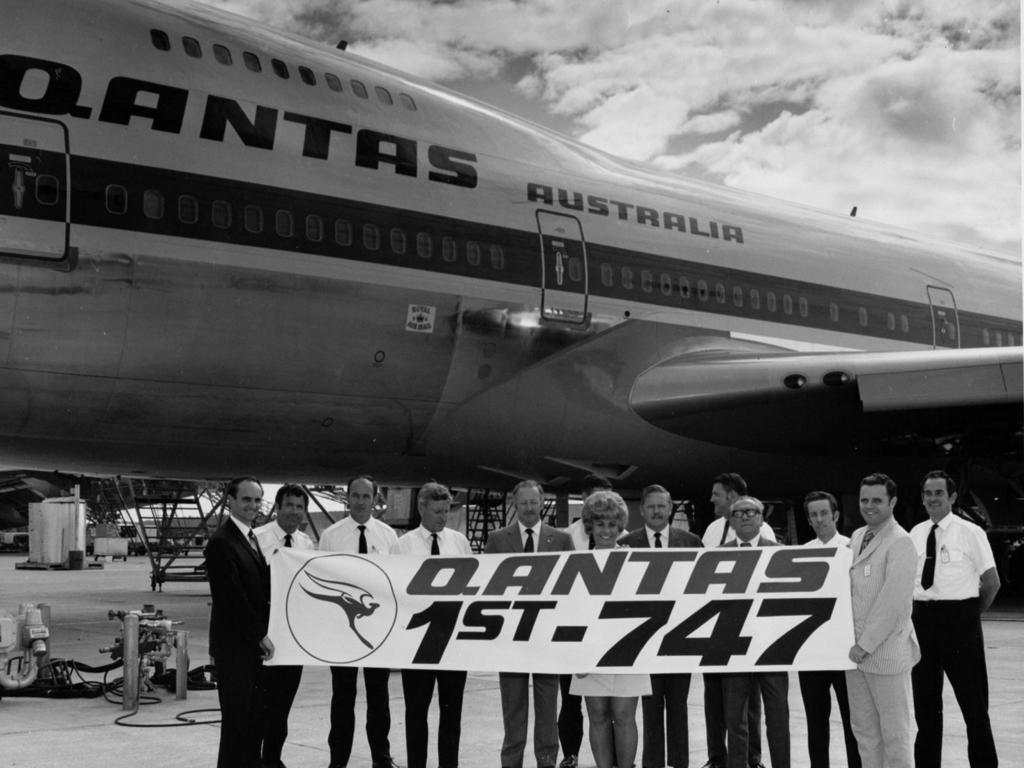
A typo that ended up turning into a stroke of luck
It was up to Qantas to convince the Australian government to produce the funds. Then came one of those quirky misunderstandings that can occur in the most delicate of financial deals. Having placed the Qantas financial requirements before Treasury and the World Bank, the airline’s chairman Sir Roland Wilson was shocked when the signal came back from the World Bank that they were “not ready to finalise the finance”.
The story goes that Wilson, ever the public servant, was reluctant to get on the phone to the Bank and query the note. Some weeks passed before, to his surprise, the Bank asked why he hadn’t taken up the loan offer.
It turned out there’d been a typo — with “not” substituted for “now”.
Inevitably, Bob Walker would have his own spin on the issue, suggesting the “typo” worked in Qantas’s favour: “The delay probably helped in the long run as Pan Am continued to get the bugs out of it!”
‘Brothel’ look for first class
In those early years at the Everett factory, Ken Gould and Mick Ryan hosted a steady stream of Qantas personnel from across the company. Meetings with Boeing officials were often lengthy as the company kept pace with Qantas’s specific requirements, both on operational matters and the fitting out of the aircraft.
During these visits, Gould and Ryan would arrange appointments for Qantas officials to see the various mock-up interior designs that Boeing was offering, from which the airlines could choose their individual requirements. It was a task that occasionally had its humorous moments, particularly when in the company of people like Bob Walker.
Ryan recalls once taking Walker to see a mock-up in which the very front of the first-class section was decked out in tucked curtains, dimmed red lights and candles, all providing a somewhat seductive atmosphere. Walker took one look at it, muttered something about it looking like an altar, then, to the surprise of his Boeing hosts, promptly genuflected while making the sign of the cross.
Walker’s response, however, could be considered conservative when compared to that of a US airline chief executive, who took one look and immediately likened the lounge to a “Hamburg brothel”. As Boeing’s Charles Reynolds recalls, no one at Boeing was prepared to take the risk of asking him what experience he had to compare the two.
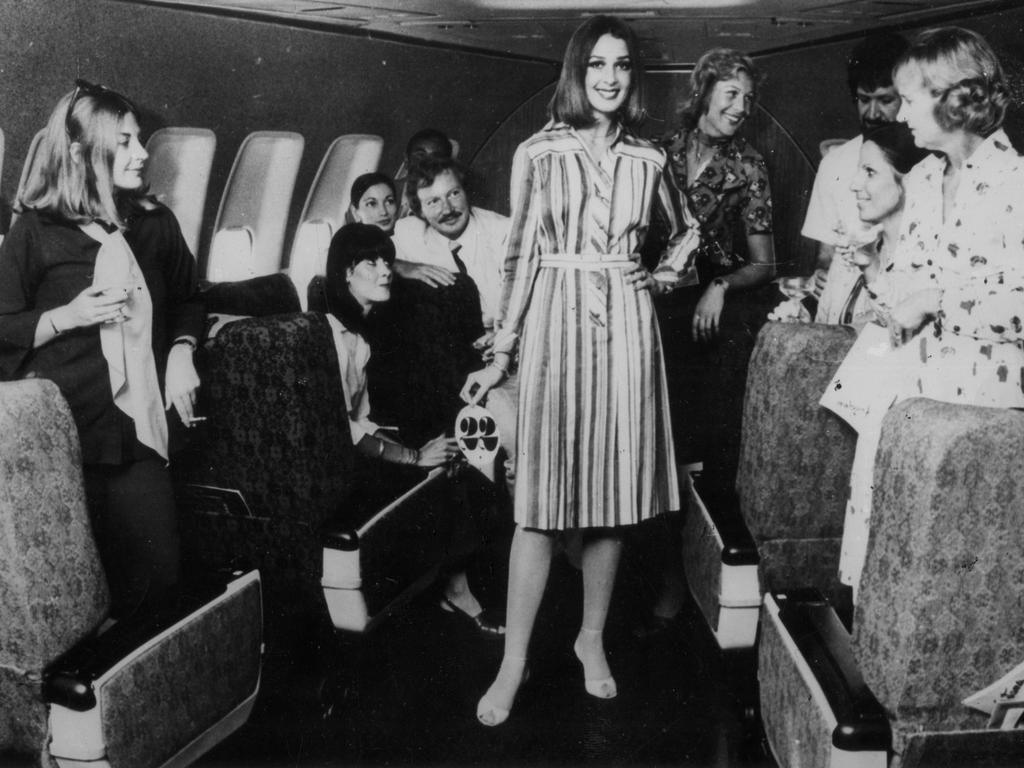
‘World’s most expensive piece of real estate’
Another initiative pressed on Boeing by Qantas, and one that was obvious from both outside and inside the aircraft, was an extension of the upperdeck lounge, increasing the number of windows from the standard three to ten each side.
Similar to the stylish first-class cabin beneath it, the upper deck itself would ultimately lead to competition between airlines to experiment with more exotic tastes. In Qantas’s case, the area became the Captain Cook Lounge, an explorer-themed escape for first-class passengers to relax or read newspapers.
At one point, it prompted Pan Am president Juan Trippe to make a special trip to Honolulu to inspect the Qantas lounge, before he decided to create an exclusive dining area for Pan Am. Once the tables were set and the starched white napery was in place, Pan Am’s first-class passengers would be invited upstairs to dine.
Qantas’s own Captain Cook Lounge wouldn’t last long, with Qantas captain Bert Ritchie once describing it as “the most expensive piece of real estate in the world”. It was soon converted to passenger seats.
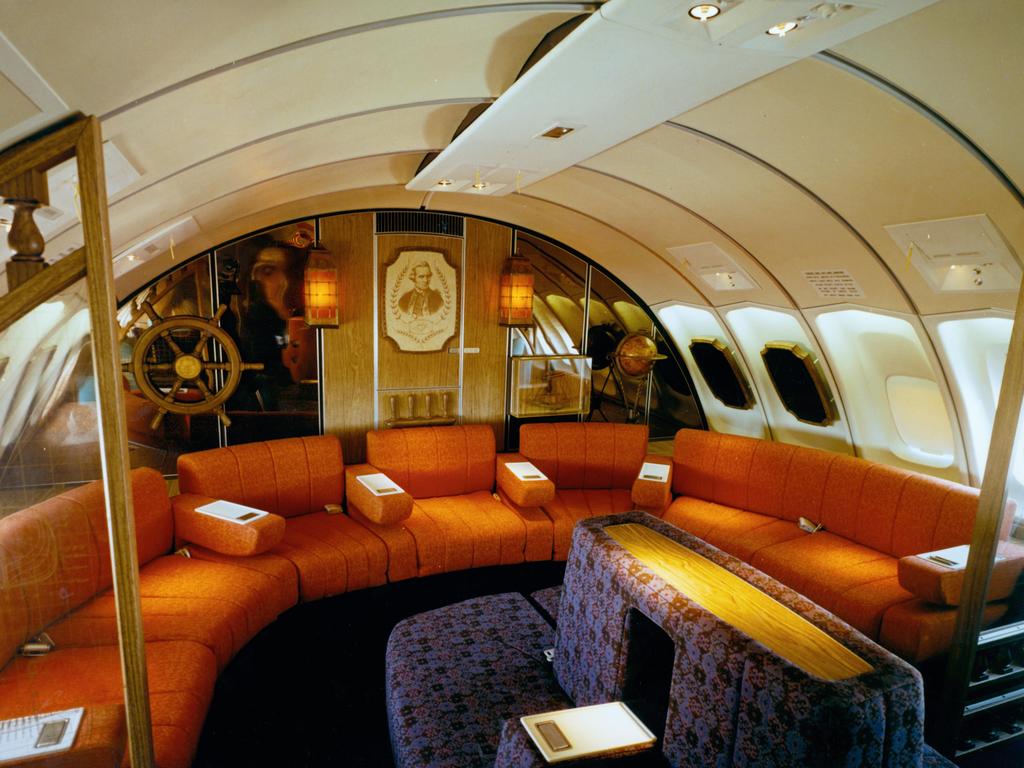
Passenger encounters
Former cabin crew member Peter McLaughlan recalls one female passenger on a Honolulu – Sydney flight complaining loudly about the fact that by the time the meal trolley arrived
at her seat it had run out of the seafood meal. Although slightly miffed at the passenger’s performance, when the crew member in charge of the galley eventually located another
seafood plate he decided to deliver it himself. So, unpacking the scuba diving kit he had purchased while on his Honolulu layover and donning his wetsuit, mask, snorkel and flippers,
he set off down the aisle carrying a tray above his head and announcing at the top of his voice: “Who ordered the fish?”
McLaughlan also tells of another occasion when a rude passenger in economy, more than a little under the weather, wrinkled his nose at the meal tray put in front of him. “You
can take this away, mate,” he declared. ”This meal isn’t fit for a pig.”
“Certainly, sir,” said the steward, who had already dealt with too many problems created by this particular passenger. “I’ll go and get you one that is.”
Then there was what became known as the case of “the body in Bahrain”.
With millions of people travelling around the world on 747s each year, the occasional death does occur on board.
On a flight to Athens in December 1971, a terminally ill female passenger, accompanied by her husband and a doctor, was hoping to reach Greece before she died but passed away between Singapore and Kuala Lumpur. Cabin crews are trained to be aware of the delicacy of such situations and, after seeking the approval of other passengers, arrangements were made to borrow a stretcher from the BOAC agent in Kuala Lumpur and have the deceased laid out across a row of seats in the rearmost section of the 747.

Engine issues
Right from the 747’s earliest days, the engine power needed to enable the jumbo to fulfil its promise and keep it efficiently in the air stretched engine technology to its limits – and, occasionally, beyond. The early Pratt & Whitney was a nightmare: 60 of the 87 engines used during the Boeing testing phase were destroyed. Boeing 747 test pilot Jack Wadell alone
experienced 30 engine shutdowns.
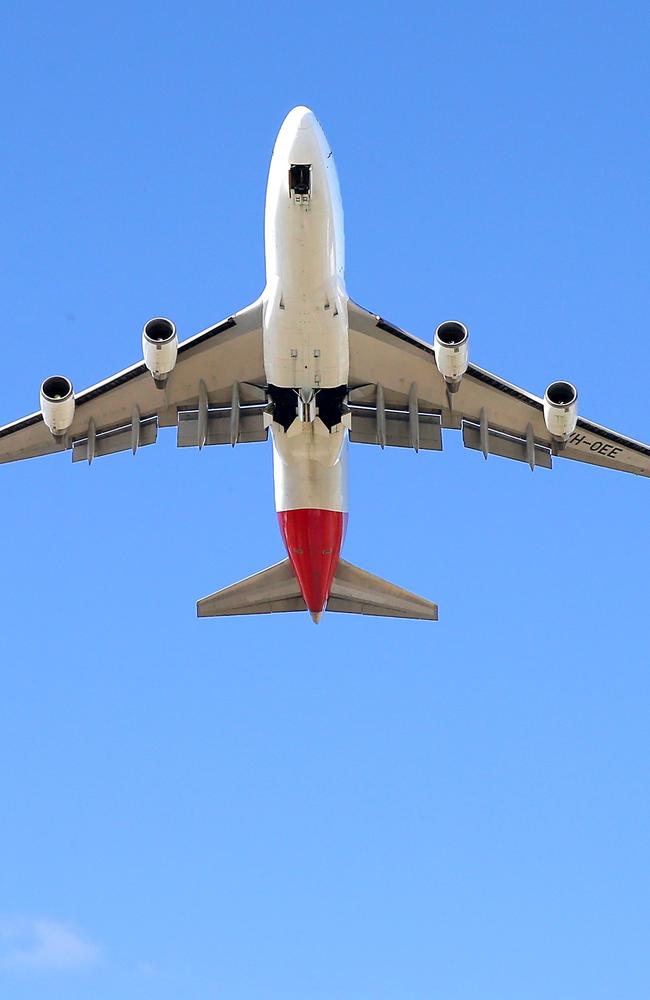
And as for the risks involved for Pan Am with its courageous decision to be the launch customer: in one month alone, in 1970, Pan Am experienced 29 engine shutdowns.
The airline’s engineers must have breathed a sigh of relief when that number dropped to eight shutdowns a few months later. Boeing staff still shudder when they see photographs
of those early -100 series Boeing 747s, lined up at the Seattle facility, with cement blocks instead of engines strapped to their wings to maintain their centre of gravity and prevent
their tails slamming onto the ground.
… It took some time for the 747 to acquire an engine that could handle its weight, and in the
meantime there were reliability and durability problems, both of which directly affect operating costs, not to mention in-service delays.

Party times
Along with such “personal anomalies”, Miller credits the 747-400 as bringing a change in after-work culture. “On one hand it was the party fleet. As a junior first officer you would
be doing London and Frankfurt trips, with the odd five-day trip to Johannesburg thrown in for good measure and enough time even to take in visits to game parks or sporting events,” he
remembers. As for the Kangaroo Route: “We used to call the first night in Singapore southbound as “first night madness” and it was not uncommon to see the sun coming up on that one!” But such stopovers as Singapore involving multiple crews could also bring considerable educational benefits, providing crew members with the opportunity to compare notes and expand their knowledge.
Gradually, however, with the employment of what Miller refers to as “the Gen Y pilots and crews”, the social culture began a subtle move away from what had been normal for many
years.
“Although the drinking culture was still alive and well, some of the younger crew now simply didn’t want to participate,” Miller recalls. Eventually, along with the generational
shift came a tightening of the airline’s schedules, bringing shorter “slip” times at en route ports.
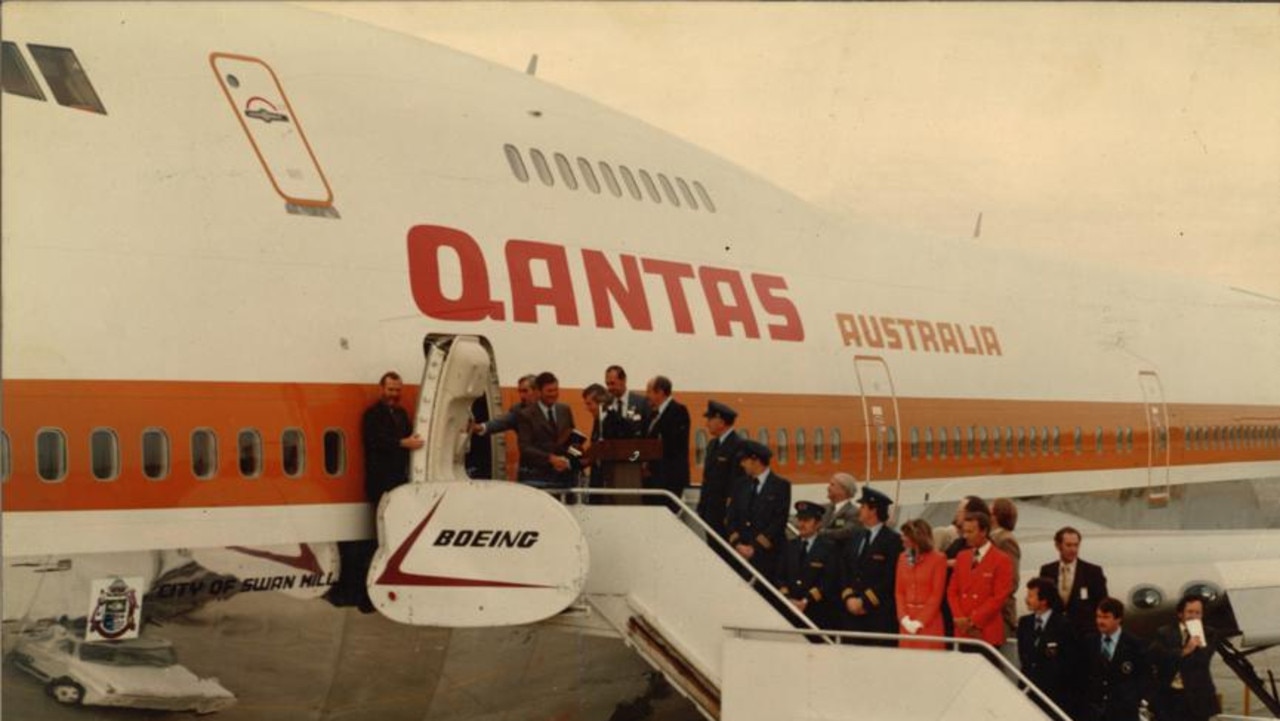
Unusual cargo and eyebrow raising comments
Former Qantas freight executive Max Hill remembers the 747 SP’s Sydney – Wellington service occasionally carried some unusual cargo loads.
“I remember in its cargo hold on one memorable SP trip across the Tasman were
six million doses of sheep vaccine, 1.3 tonnes of hair dryers and one dog – breed unknown”.
Seemingly true to its record, however, right up until its final days with the airline the SP still managed to raise a few eyebrows, even on the Qantas board. For some years it had been customary for carefully selected senior executives to be the guests at the board lunch at the conclusion of its monthly meeting. Any invitation to such affairs was usually preceded by a quiet warning from Keith Hamilton to ensure those offered the privilege were conscious of the implications of any wayward comments that might embarrass management.
When it became the turn of one of Hamilton’s closest colleagues, director of engineering Doug Scott, to attend the lunch, perhaps his chief executive should have realised the risk involved. Although widely respected, Scott was renowned for occasionally delivering a descriptive phrase that landed him in a spot of bother.
Once he had caused a minor industrial incident among staff at his Jet Base when he told a union official that if several of his members continued to threaten strike action he’d “take to them with a chunk of four-by-two”.
It just so happened that at the meeting before Scott"s attendance at lunch, the board had been advised that an African airline had shown interest in purchasing one of the company’s SPs and, as the conversation rolled around the dining table, one of the female board members asked Scott if he was sure the SP could perform the task required of it by the African airline.
“I can assure you, my dear, it will go down the runway like a dog with worms!”
Sadly, there"s no record of the subsequent conversation which took place in Hamilton’s office.
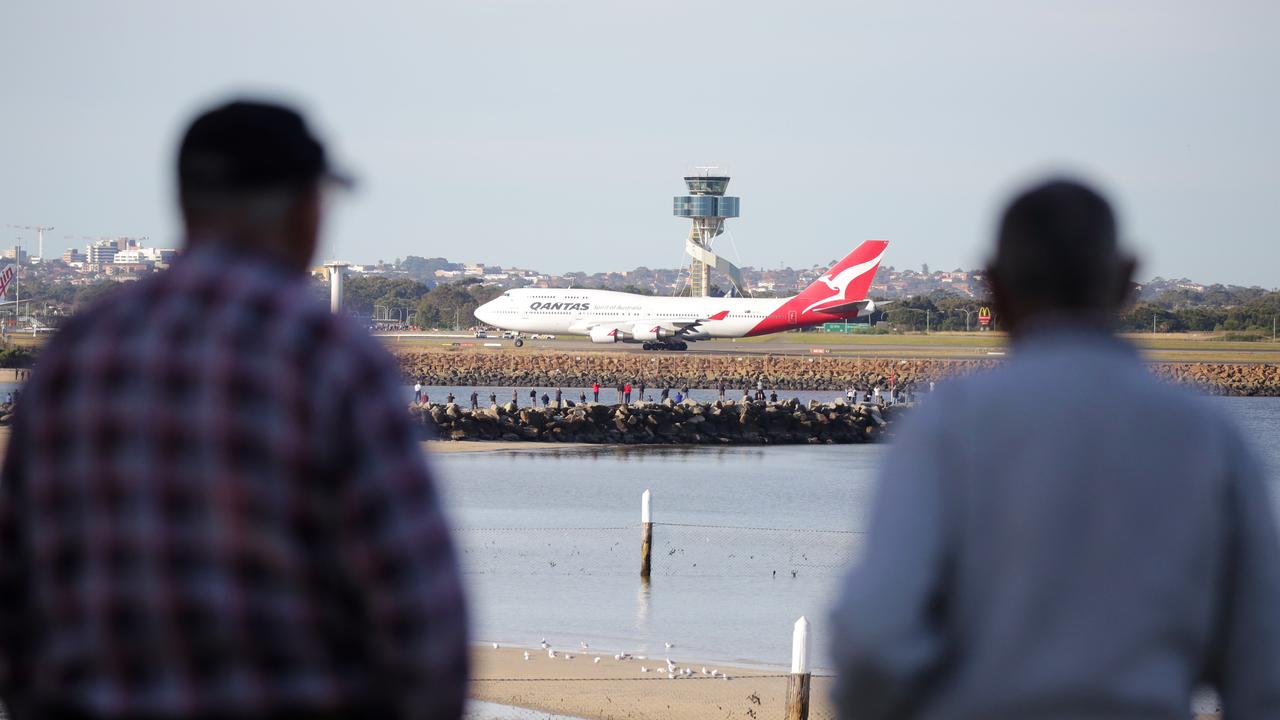
Press trip gone wrong
Ever since the first rolled off the assembly line at Everett in July 1971, the Boeing 747s have been media magnets, offering an opportunity for both Boeing and Qantas to unearth a veritable goldmine of media exposure at minimal cost to the airline.
… Although the full extent of the glitz and glamour of that first Qantas 747 arrival would not be repeated, it nonetheless encouraged Qantas to expand on a valuable and cost-effective
method of publicity. The result was the decision to offer invitations to dignitaries and the media to attend the “christening” ceremony of each new aircraft in Seattle, before flying home
on its delivery flight to Australia …
At times, however, things didn't go to plan, particularly on one occasion when the Australian Labor politician who would next day christen his city"s aircraft used his “Thank you” speech to deliver an ideological broadside at Boeing for manufacturing an array of bombers and missiles “which are killing innocent people around the world”.
Most of those attending didn't quite know where to look. The following morning, one of the senior Boeing executives was gracious enough to pass him the bottle of champagne to break against his 747’s nose with a smile, acting as if nothing had happened. But such instances were rare.
This is an edited extract from The Mighty 747: Australia’s Queen of the Skies (Allen & Unwin, 288pp, $32.99, out now). Jim Eames has been involved in the aviation industry since he began work as an aviation writer in the 1960s. He has been a ministerial press secretary and aviation adviser to governments; and a senior executive with Qantas. He is the author of nine books.
